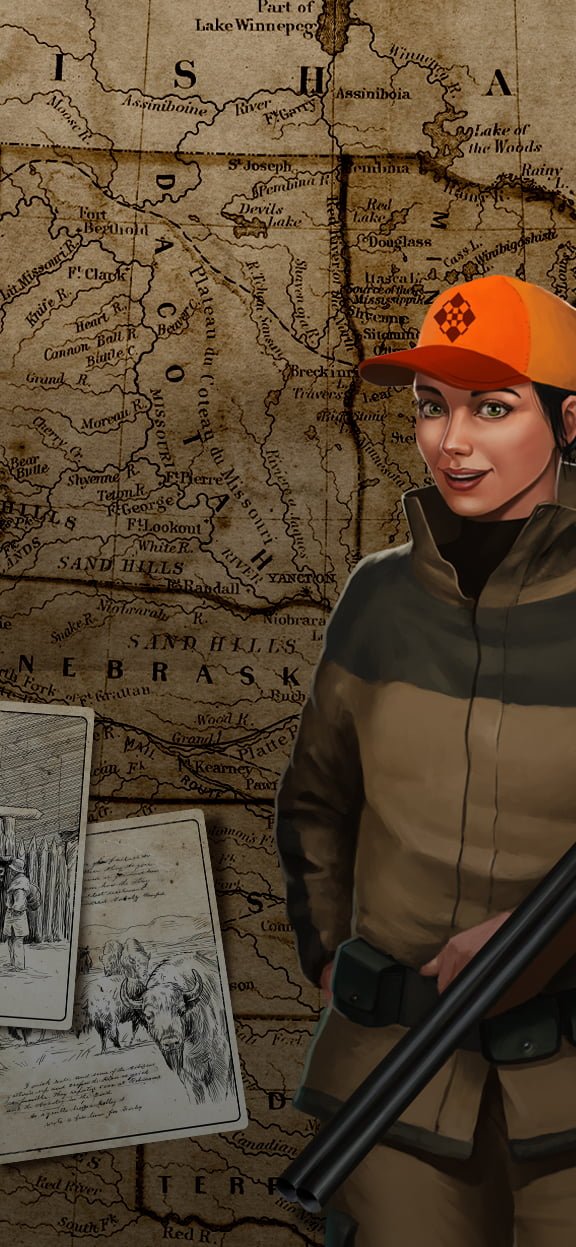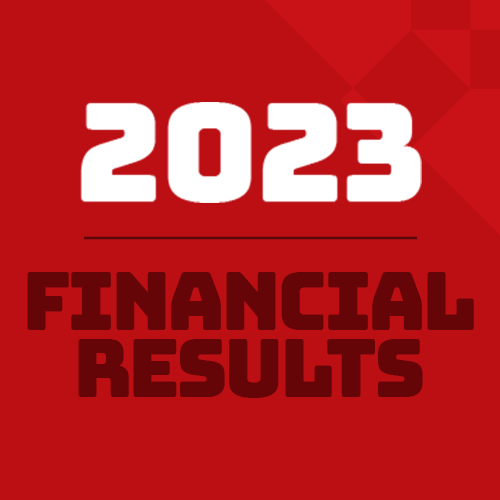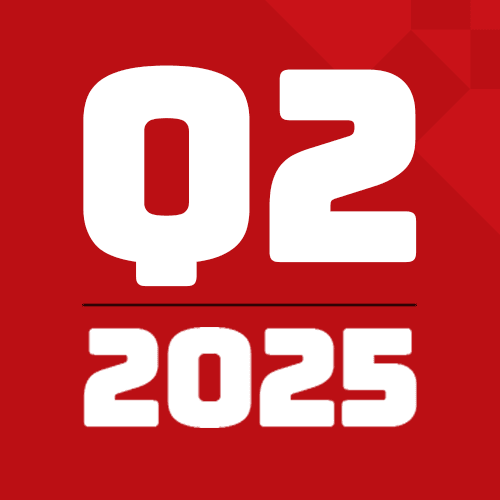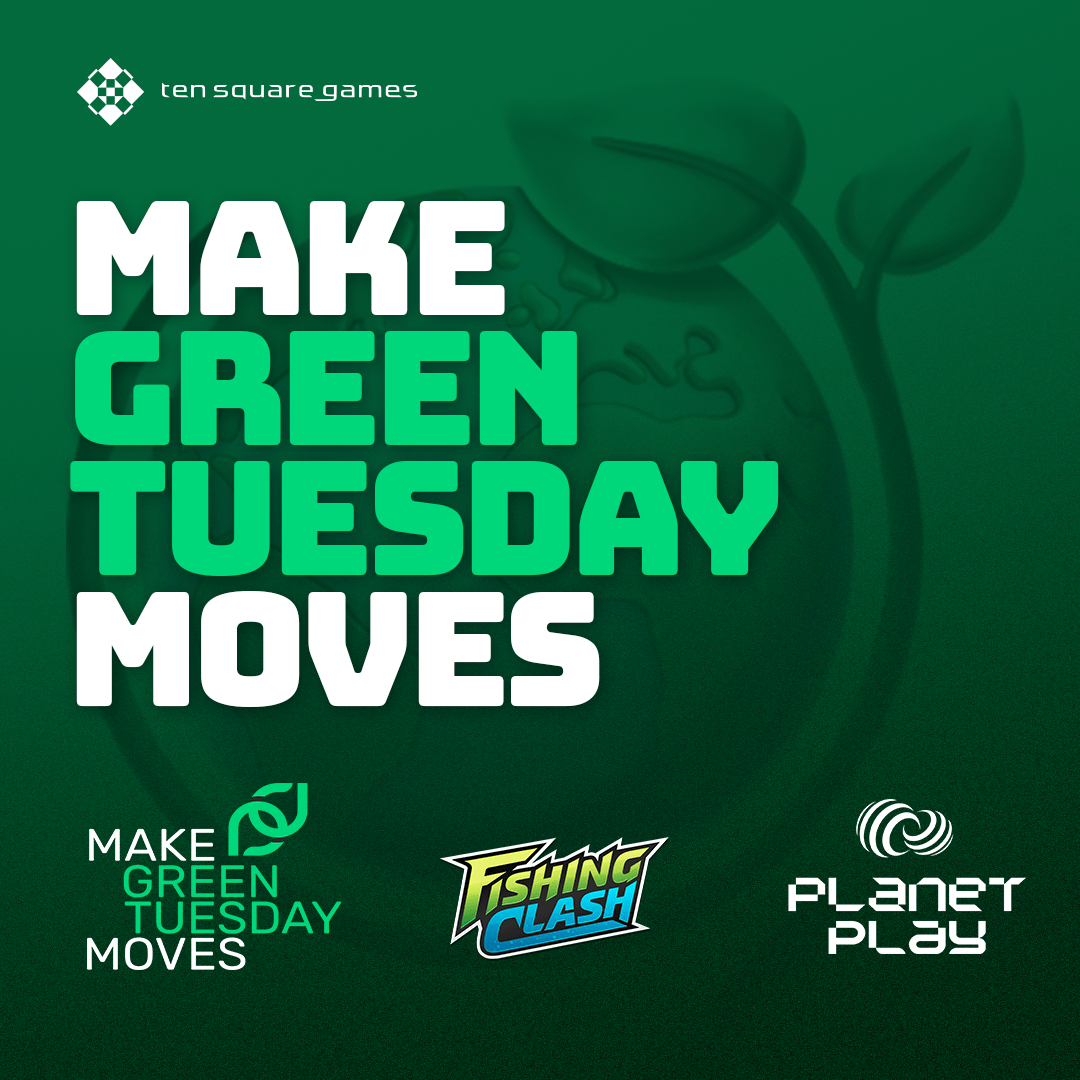



Design is where it all starts. From a spontaneous idea to a solid concept, followed by a first prototype and pre-production tests, a game designer plays a key role in defining the future production process. To maximize the chances of creating a successful game, a designer has to apply two R’s – reaction and… reason!
Starting with the latter, a design has to take reality into account. A complex model for a unique RPG may sound great for a triple A studio, but it hardly gives a newly founded start-up a realistic chance of success. Broadly speaking, the production process revolves around three basic words – good, fast and cheap. One can only pick two.
Release is the most important feature – an almost finished product is not ready, and an unfinished game can’t be good. Among the principal adversaries of well-defined projects are: featuritis, an excessive ongoing expansion or adding new features; the dead march – infamous king of all crunches – a project that requires a stretch of unsustainable overwork; and the opus magnum complex, an irrational need to create a groundbreaking gaming experience without necessary resources.
But even with a correctly planned process, a designer’s job is far from complete. Only rarely will the final creation accurately depict the initial concept. It’s not necessarily a problem though! A creative game designer may be able to turn some changes into improvements while making sure that a product still contains core elements of the game. Accidental changes are not always an enemy!

Ten Square Games (TSG) reports a 2023 record high quarterly EBITDA of over PLN 35…
read more
KNF (Polish Financial Supervision Authority) has approved the prospectus of Ten Square Games Joint-stock company…
read more
In Q2 2025, Ten Square Games consistently executed its plan to transform its core titles…
read more
Ten Square Games joins PlanetPlay’s global alliance of amazing games, entertainment influencers and environmental causes…
read more